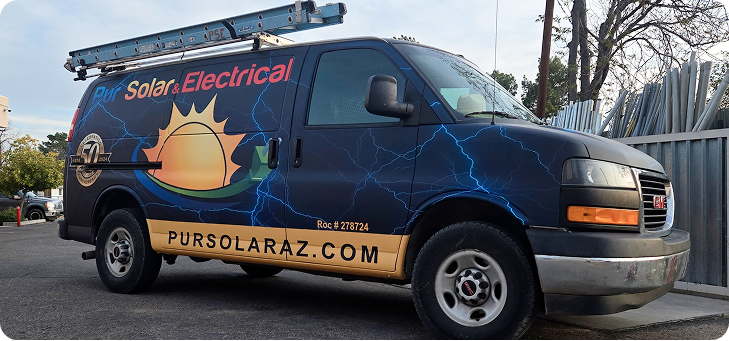There has been some bad news regarding solar power, mainly that the savings you are supposed to make by installing such a system could decrease by around 50%. Fortunately, you can do something to prevent this. You can minimize solar risk with energy storage. You can even reverse it.
The greatest solar risk at the moment is solar deflation. Essentially, the world of solar power is changing, and this means that people don’t know whether or not to invest in solar power systems anymore. This is unfortunate because there is a need to change the traditional supply and demand. Furthermore, solar power isn’t just about saving money; it is also about saving the planet!
Three Issues that Cause Solar Risk
At the same time, there are three new changes to policies and utility rates, which will create a significant risk, particularly on commercial properties. These are:
- Peak periods, which are when the price of electricity is higher, are now later during the day – when you no longer generate solar energy.
- Net metering will cause non-bypassable charges to be added to exported solar energy.
- Demand charges are being increased by utilities.
Put together, these three issues could lead to a 56% decline in the savings a commercial property owner, for instance in an affordable housing unit, could make. This, in turn, means that solar projects are no longer economically feasible on larger properties. The biggest issue is the change in the charges for utility demands, which is responsible for around half of all the losses on savings. The biggest problem with this is that a single cloudy day could make those reductions in savings even greater, ending up costing people even more.
How Energy Storage Can Address Solar Risk
However, energy storage can address this. It can even tackle demand. When demand is reduced and when the usage of solar energy is changed from periods during which electricity is cheap to periods when electricity is more expensive, solar energy storage can completely reverse the 56% losses experienced under the current status quo. Studies have demonstrated that new solar systems that are installed and that use energy storage could create greater financial savings than existing systems would under the old energy regulations. Essentially, the return on investment is even greater.
Sometimes, energy storage may lead to such a reduction in demand that property owners could even switch to a no-demand charges utility rate tariff. This means that even bigger savings could be experienced on an overall utility bill. In fact, in one recent study, doing so would increase financial savings eight times compared to a normal solar system installed under the new conditions.
Dramatic Increase in Savings with Energy Storage
These are dramatic findings and it is time for property owners to start to pay attention to this, regardless of the type of properties they own, and regardless of where in the country they are based. Incentive programs have been designed to encourage more people to use sustainable energy, particularly in low-income neighborhoods, and these new findings must be incorporated into those incentive programs.
Need to Study Possible Changes in Policies
Indeed, policymakers today should take a broad look at what the negative implications are of leaving solar systems in place as they are, with the new changes coming in. They should also look at what the barriers are that exist towards integrating clean, sustainable, energy solutions, particularly in low-income communities. Landlords and owners of affordable housing units should play a key role in this.
California is this country’s leading state for solar energy. Hence, when changes happen there, they tend to be indicative of changes that will soon follow in the rest of the country. The 50 States of Solar Report released in 2016 showed that over 50% of states across the country adjusted or reevaluated their net metering policies. Furthermore, an increased number of utility companies now focus on time-of-use rates and many have now also added demand charges. This is true even for residential customers. What this means is that solar companies have to find a way to respond by coming up with new opportunities and developments, integrating more flexible and smarter power systems. This is exactly what energy storage solutions do.
If solar solutions are integrated with storage options, then all solar customers can benefit from this. In turn, this will lead to more sustainable investments, while ensuring grid dynamics are responded to as well. Essentially, energy storage is beneficial to the customer, but equally to the grid. Storage, very simply put, is the future of solar energy. Those in low-income housing options are particularly keen to see this be implemented.










